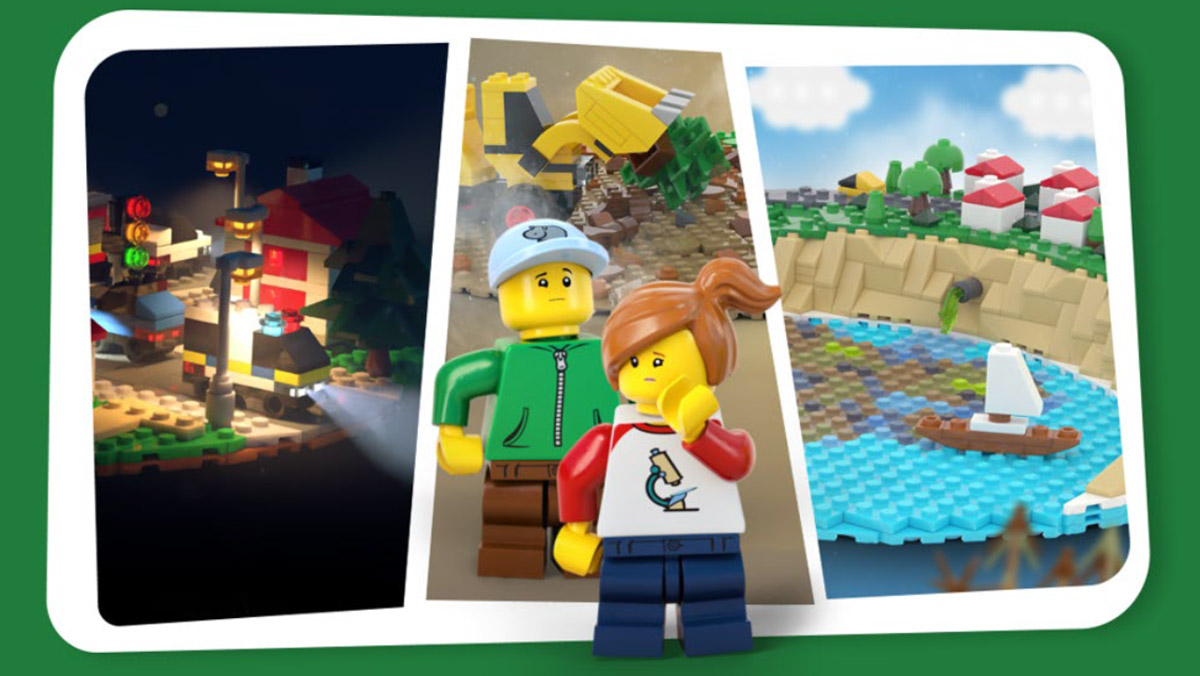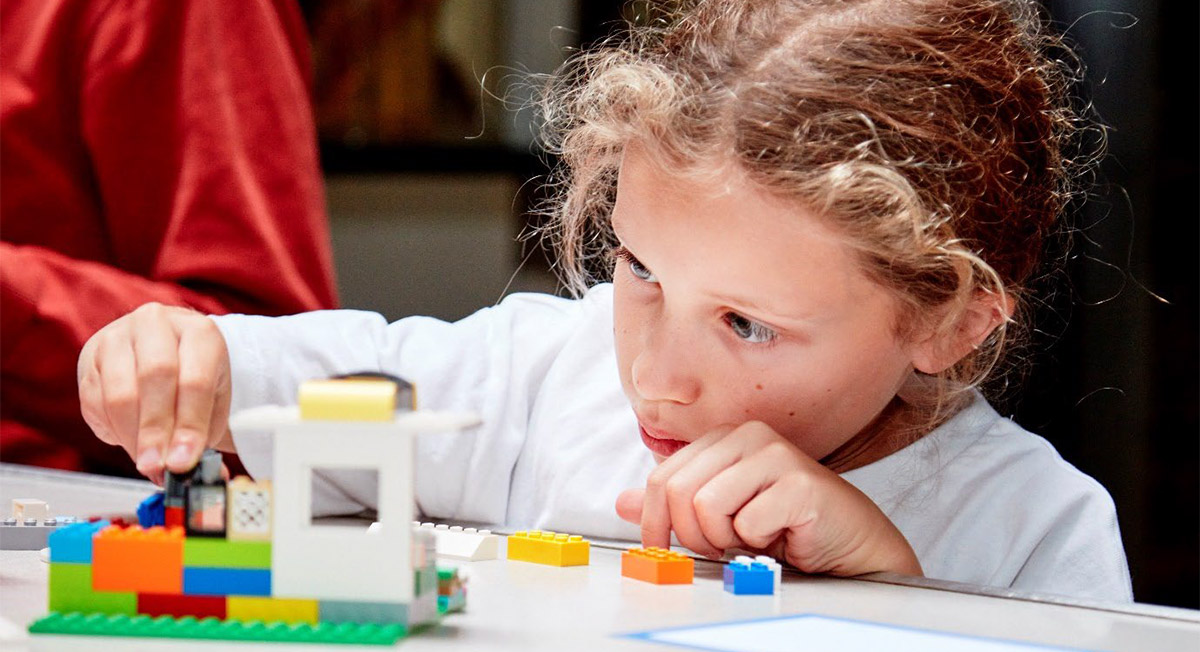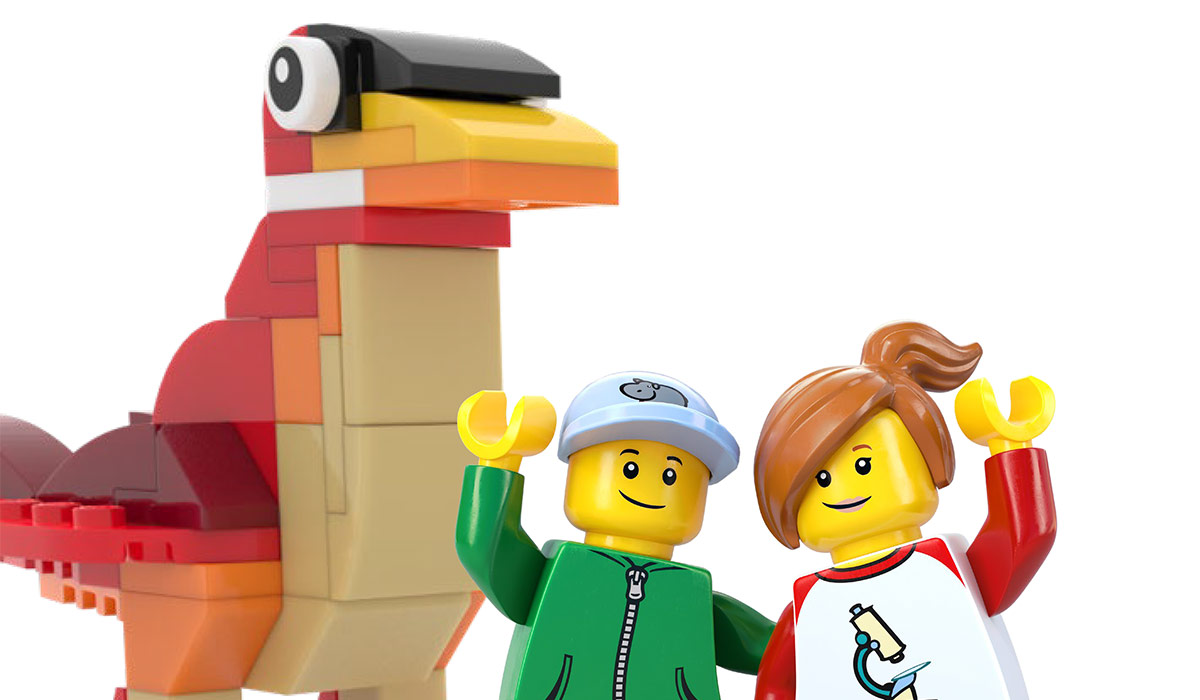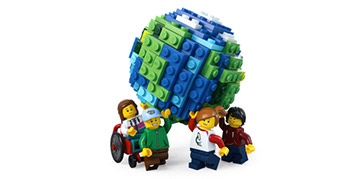Build the Change: Human Impact
This five-lesson course, suitable for KS2 classes and co-created with the LEGO Group, explores how humans impact the planet, using the example of birds.

Calling all builders of the future!
Everything that we humans do has an effect, or impact, on the natural world. An impact can be negative, bad for nature, or positive, good for nature.
Unfortunately, many animals are endangered, including many types of bird. Sadly, many birds have already become extinct just like their prehistoric ancestors, non-avian dinosaurs.
This time it’s human impact, not an asteroid that’s affecting them. But people all around the world are using simple ideas to help nature. Together, we can make our impact positive.
So even though it’s too late to save these ancient dinosaurs, we do have the chance to save today’s dinosaurs, birds!
The Natural History Museum and the LEGO Group are challenging you to share your creative ideas on how to have a positive impact on nature as part of our partnership which inspires children to learn about nature through play.
Choose from three challenges, each inspired by real world threats faced by birds, today’s descendants of prehistoric dinosaurs.
Choose one of the challenges below and use your imagination to build your own creation that will help birds. Be sure to watch the videos below for inspiration first.
You'll need to think carefully about what birds and the rest of nature need to survive, and how you can protect them from negative impacts.
Grab any LEGO® bricks or other materials you have around the house and build your idea on how to help address the challenge of your choosing! When building, think about what you are adding to your creation, and how it might impact nature, both positively and negatively.
As all scientists do, make sure you share your ideas! Share your amazing creations with us and tell us how they help have a positive impact on nature. Be sure to write a short description, or draw an annotated picture to go along with it!
Use #LEGOBuildtheChange and on Instagram tag @natural_history_museum and @lego or on X.com tag @NHM_Learn and @LEGO_Group.
Land is made up of countless different habitats around the world. Unfortunately, when people clear land for roads, settlements, and farms, this destroys unique natural habitats, leaving less space for animals like birds to live in.
Can you design and create something that protects any of the birds in the video, or any others you already know about, from the negative impacts of habitat loss?
Some suggestions to help your creative process:
Water environments contain many different types of habitats: from coral reefs to rivers, coastal wetlands to garden ponds. Water is an incredibly important home for so many living things! But when people settle around coasts, materials and pollutants that are toxic to wildlife can be released into the water.
Can you design and create something that protects any of the birds in the video, or any others you already know about, from water pollution?
Some suggestions to help your creative process:
The air plays host to countless bird behaviours and activities – but human activity has started to interfere with how birds live their lives. Our streetlights and homes use bright lights that confuse animals like birds who use the natural day and light cycle as a guide. Machinery and vehicles also create loud noises that disturb and drown-out birds that use song to communicate with one another.
Can you design and create something that protects any of the birds in the video, or any others you already know about, from noise or light pollution?
Some suggestions to help your creative process:

This activity can be interpreted in various ways to suit different complexities; from a key stage 2 focus on environments and impacts to a complex key stage 4 challenge of human activity and the interdependencies in ecosystems. While LEGO® bricks are useful to build models and encourage playful creativity, any materials can be used to build ideas.
These challenges are from the Build the Change: Human Impact free downloadable digital course pack for educators, created in collaboration with the LEGO Group. The course pack contains lesson plans, presentations and speaker notes, printable materials, plus suggestions on various ways to adapt the content
Biodiversity: Biodiversity is the name we give to the variety of all life on Earth. Bacteria to baboons, plants to people - the range of life on our planet is incredible. All living things exist within their own communities, or ecosystems - oceans, forests, deserts, ice caps and even cities. All this put together is biodiversity: the volume of life on Earth as well as how different species interact with each other and with the physical world around them.
Environment: This describes the world around us – both living and non-living things – and how they all interact. The non-living part of the environment is made up of three main parts: air, water and land.
Habitat: A habitat is simply the place where living things live. The space provides shelter, food and water to the living things.
Impact: A strong effect – something that has the power to change something else. Impacts can be positive (helpful) or negative (damaging.)
Pollution: This describes anything that, when added to the environment, is harmful, toxic and very bad for the health of the planet and everything on it.
Key Stage 1
Living things and their habitats
Key Stage 2
Key Stage 3
Key Stage 2
describe and understand key aspects of:
Key Stage 3
Key Stage 1
Key Stage 2
Key Stage 3

This five-lesson course, suitable for KS2 classes and co-created with the LEGO Group, explores how humans impact the planet, using the example of birds.

The LEGO Group and the Museum are inspiring children to learn about nature through play.

Visit the LEGO website to view other free Build the Change courses.
Build the Change is supported by the LEGO Foundation.
LEGO, the LEGO logo, the Minifigure, and the Brick and Knob configuration are trademarks and copyrights of The LEGO Group. ©2023 The LEGO Group. All rights reserved.